PDF-Review of the Red Cross, vol. 86, no. 856, December, pp. 815–835,
Author : phoebe-click | Published Date : 2017-02-23
four 2006 13 6four 149 2006 to help settle the desperate battle widely predicted if concentrations of Warsaw Pact armour andIn reality matters never came to that
Presentation Embed Code
Download Presentation
Download Presentation The PPT/PDF document "Review of the Red Cross, vol. 86, no. 85..." is the property of its rightful owner. Permission is granted to download and print the materials on this website for personal, non-commercial use only, and to display it on your personal computer provided you do not modify the materials and that you retain all copyright notices contained in the materials. By downloading content from our website, you accept the terms of this agreement.
Review of the Red Cross, vol. 86, no. 856, December, pp. 815–835,: Transcript
Download Rules Of Document
"Review of the Red Cross, vol. 86, no. 856, December, pp. 815–835,"The content belongs to its owner. You may download and print it for personal use, without modification, and keep all copyright notices. By downloading, you agree to these terms.
Related Documents

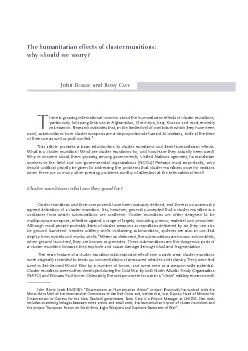



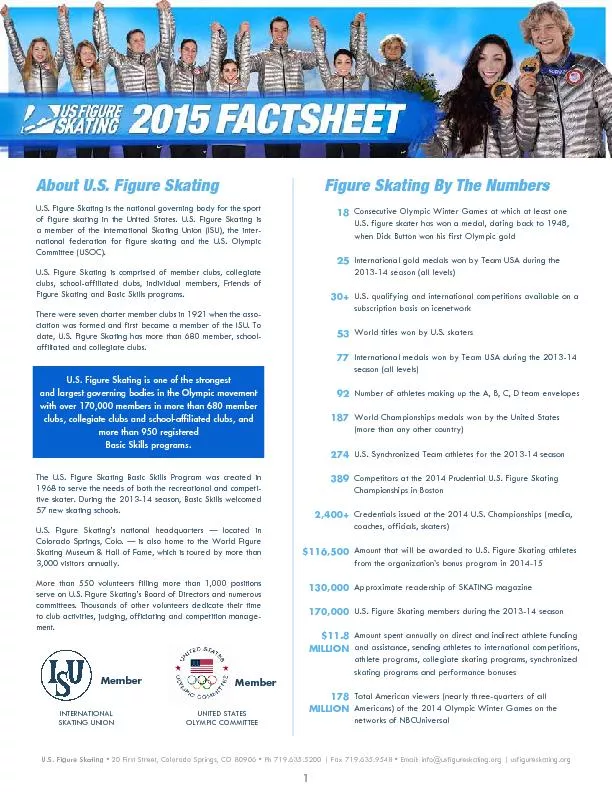
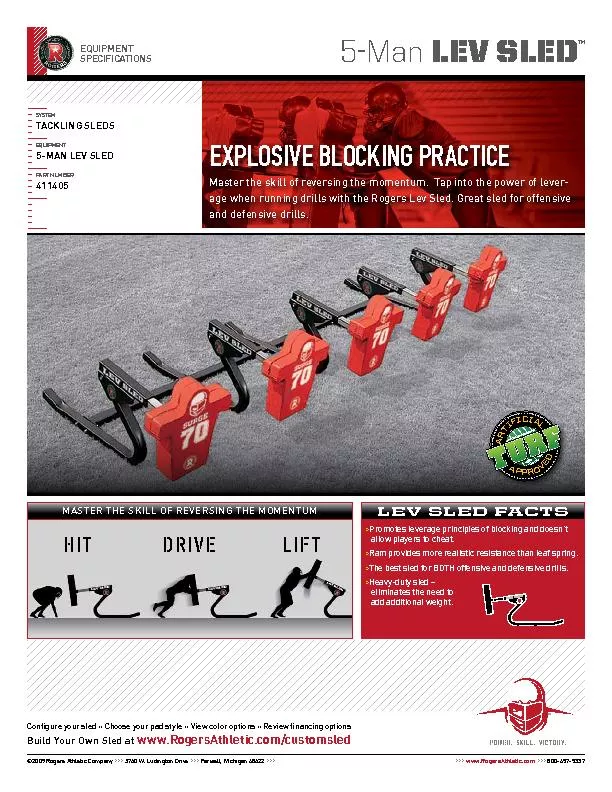

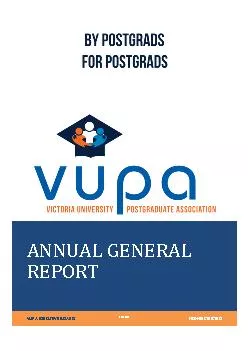
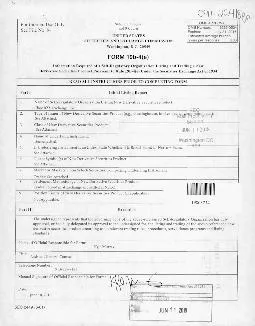

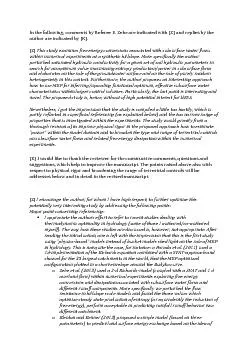
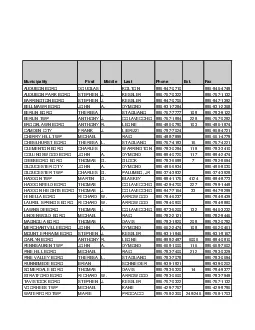
![[READ]-Java SE 11 Programmer I -1Z0-815 Practice Tests: 492 Questions to assess your 1Z0-815](https://thumbs.docslides.com/973397/read-java-se-11-programmer-i-1z0-815-practice-tests-492-questions-to-assess-your-1z0-815-exam-preparation.jpg)
